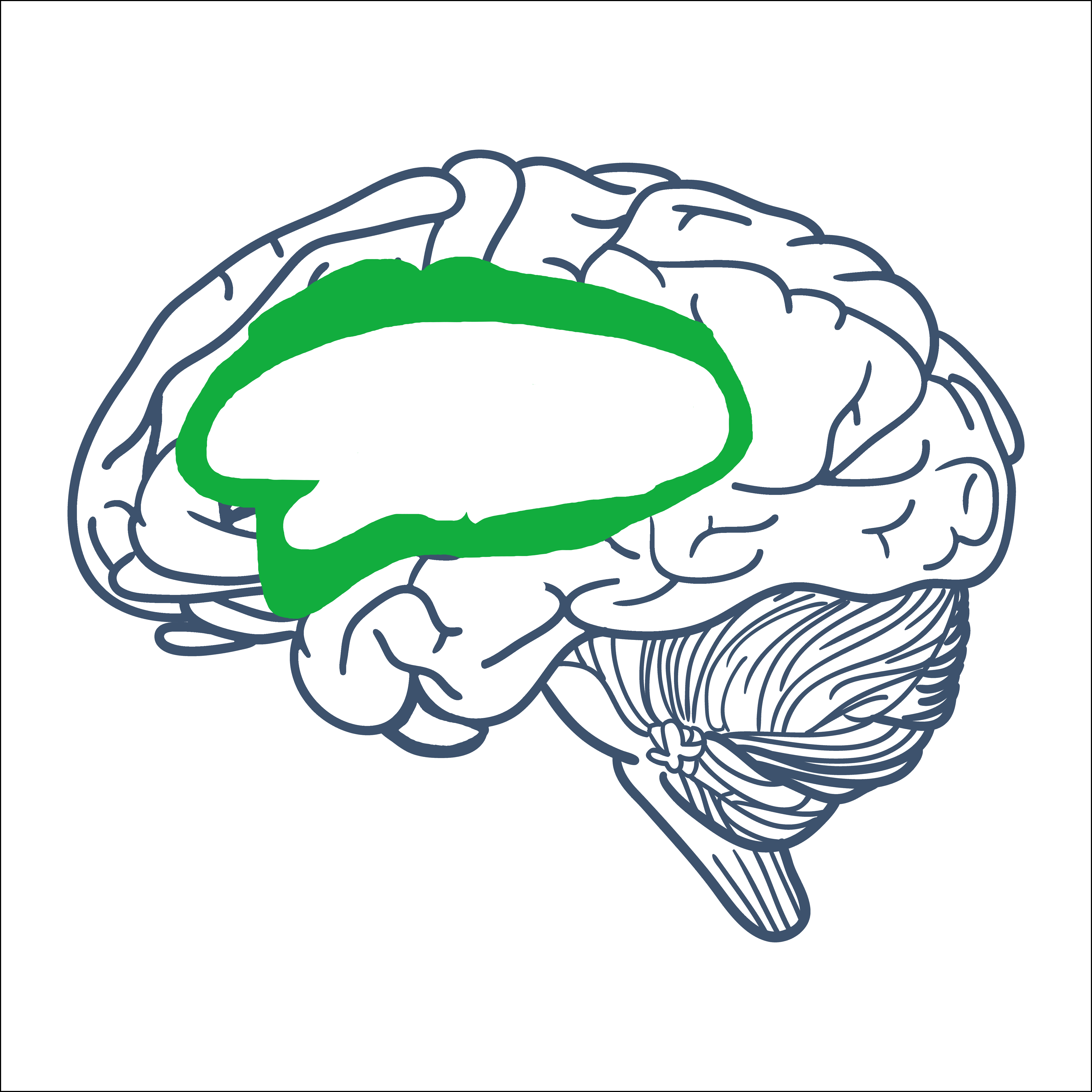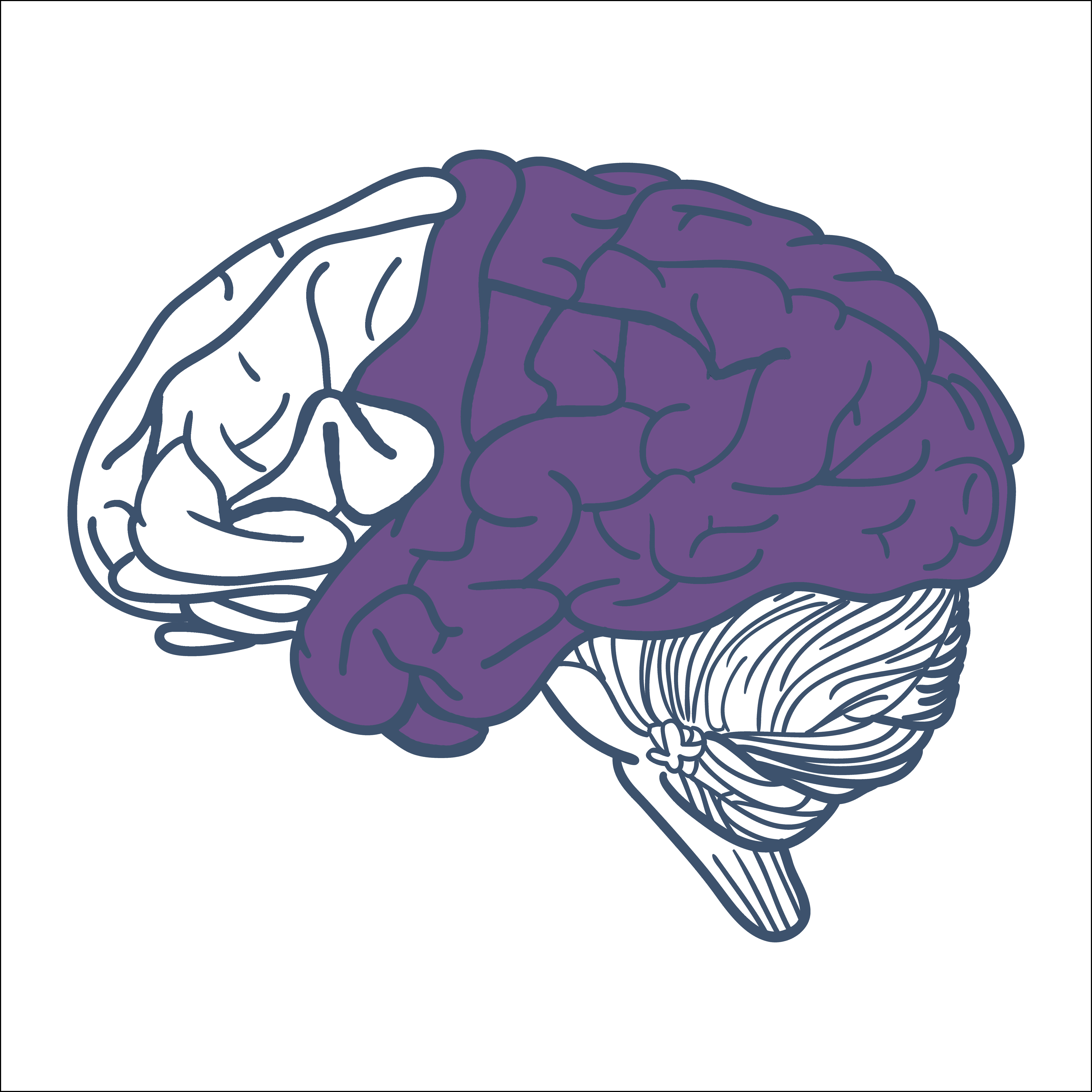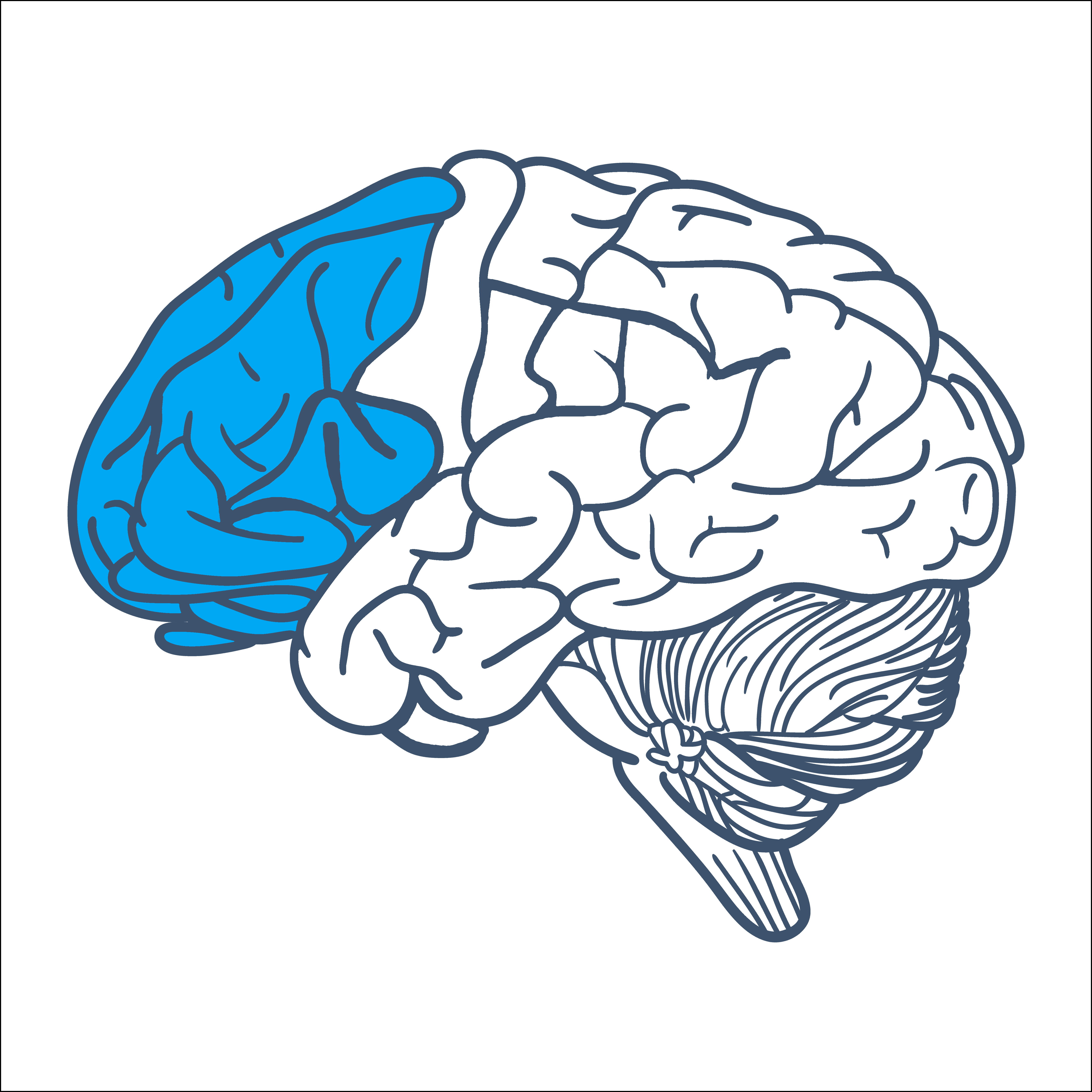Universal Design for Learning (UDL)
 Universal Design for Learning (UDL) is a framework to improve and optimize teaching and learning for all persons based on scientific insight into how humans learn. UDL guides the design of learning environments that are accessible, accommodate the needs and abilities of all learners, and eliminate barriers that may impede learning.
Universal Design for Learning (UDL) is a framework to improve and optimize teaching and learning for all persons based on scientific insight into how humans learn. UDL guides the design of learning environments that are accessible, accommodate the needs and abilities of all learners, and eliminate barriers that may impede learning.
The goal of UDL is to support learners to become “expert learners” who are, each in their own way, purposeful and motivated, resourceful and knowledgeable, and strategic and goal-driven. UDL aims to change the design of the environment rather than to change the learner. When environments are intentionally designed to reduce barriers, all learners can engage in rigorous, meaningful learning. Universal Design for Learning ensures access for all.
Benefits of Universal Design for Learning
- Supports an inclusive learning environment for all students.
- Identifies and removes barriers to learning.
- Addresses learner variability.
- Ensures access, participation, and meaningful and challenging learning opportunities.
- Creates an environment in which materials and content are presented in a variety of ways, including multiple ways of engagement, representation, action, and expression.
Guideline of UDL Neural NetworksClick on the images to learn more about each network. |
||
 |
 |
 |
| Affective Network | Recognition Network | Strategic Network |
With Universal Design for Learning (UDL), educators are proactive in designing lessons that provide:
- Multiple Means of Engagement- Learners differ in the ways in which they can be engaged or motivated to learn. There is not one means of engagement that will be optimal for all learners in all contexts; providing multiple options for engagement is essential. Learners should be engaged by supporting their motivation, interests, and preferences.
- Multiple Means of Representation - Learners differ in the ways that they perceive and comprehend information that is presented to them so there is not one means of representation that will be optimal for all. Providing options for representation is essential and information should be accessible and presented in a variety of ways.
- Multiple Means of Action & Expression – Learners differ in the ways they can navigate a learning environment and express what they know; and there is not one means of action and expression that will be optimal for all learners. Learners should be provided with different ways to exhibit mastery and show and express learning.
The overarching goal of Universal Design for Learning (UDL) is to build expert learners who are:
1. Resourceful and Knowledgeable - Expert learners bring considerable prior knowledge to new learning and can activate that prior knowledge to identify, organize, and prioritize new information. Expert learners know what tools and resources that will help them learn and remember new information.
2. Strategic and Goal-Directed - Expert learners can break down tasks and use strategies to optimize their learning and can monitor their progress. These learners recognize their strengths and weaknesses and abandon plans and strategies that are ineffective.
3. Purposeful and Motivated - Expert learners are motivated by the mastery of new learning and can monitor and regulate emotional reactions that could impede their learning. They know how to manage themselves when they get stuck and collaborate well with others.
Meyer, A., Rose, D.H., Gordon, D. (2014). Universal Design for Learning: Theory and practice book. CAST Professional Publishing.
1. Goals – Learning goals should be clearly defined, purposeful, differentiated, flexible, and based on content and performance standards. The learning needs of all students and the barriers to learning should be considered when developing these goals. Goals should be measurable; designed with the assessment in mind. In selecting learning goals, teachers should identify what evidence is needed to show that “students learned the target knowledge or skills” (Ralabate, 2016).
2. Materials – The materials used in learning environments “should be designed or adaptable to be usable across the widest range of learner variability, which includes students with disabilities who may require specialized equipment and technologies and/or specialized formats. Some examples are braille, large print, audio, and digital text (Ralabate, 2016).
3. Methods – Effective instructional methods include routines that ease task completion and movement. Teaching methods can be as varied as learning environments and should effectively address learning goals, taking into consideration the variability of learners. Teaching methods should provide a variety of options that offer flexibility, relevance, and appropriately balance assistance with challenge (Ralabate, 2016).
4. Assessment – “The right assessment matched to the learning goal and complemented by UDL strategies can increase the success of the lesson” (Ralabate, 2016). Assessments should be flexible, informative, meaningful, and used to assess individual student growth. Assessments should measure both learner products and the process of learning and should be ongoing and informative to both teachers and students.
Ralabate, Patti Kelly. (2016). Your UDL Lesson Planner: The Step-by-Step Guide for Teaching All Learners. Paul H. Brookes Publishing Co.
- UDL Guidelines – Created by CAST, the UDL Guidelines are tools used in the implementation of Universal Design for Learning to improve and optimize teaching and learning for all people based on scientific insights into how humans learn. (CAST)
- UDL Curriculum Toolkit - An open-source web application designed to support the creation of interactive, multimedia curricula according to the principles of Universal Design for Learning. (CAST)
- CAST – Online resources and courses designed for anyone interested in the theory and practice of UDL. (CAST)
- The Myth of Average – Todd Rose presents “how a simple new way of thinking helps nurture individual potential” (TEDx Sonoma County).
- CAST| UDL FAQ – Frequently asked questions about Universal Design for Learning (UDL) and the UDL guidelines. (CAST)
- 5-15-45 Tool – The planning tools support teachers in working together to create inclusive lesson plans. (TIES Center)
- High Incidence Accessible Technology: HIAT provides guidance, resources, and information to educators who are using technology to support all students. (Montgomery Schools, MD)
- Universal Design for Learning
 Official Site of The State of New Jersey
Official Site of The State of New Jersey